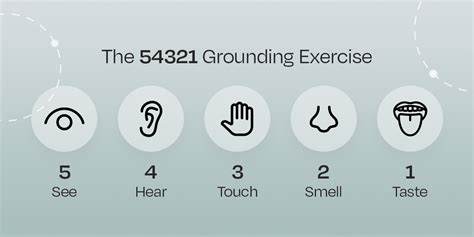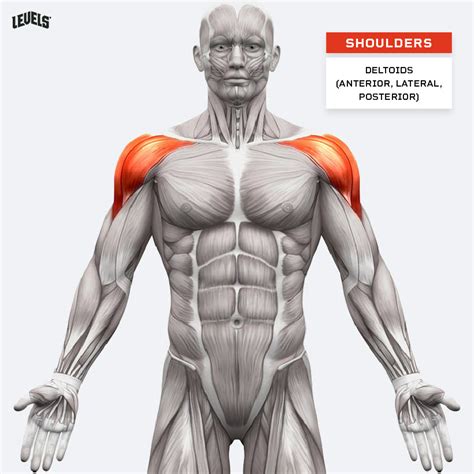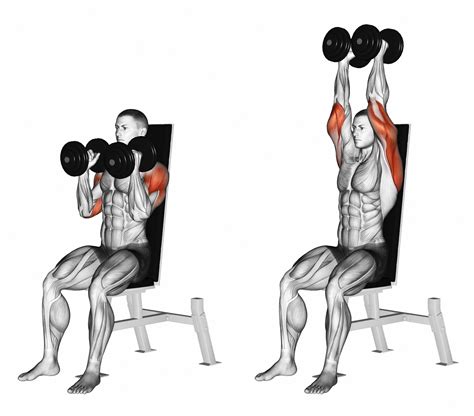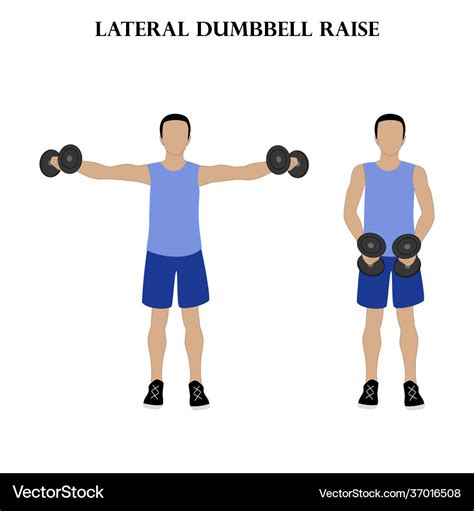Intro
Boost shoulder strength with effective exercises, including rotations, presses, and lateral raises, to improve overall fitness and prevent injury, targeting deltoids, trapezius, and rotator cuffs for enhanced stability and mobility.
The shoulder is one of the most complex and versatile joints in the human body, allowing for a wide range of movements such as flexion, extension, abduction, and rotation. Strong shoulders are essential for maintaining good posture, preventing injuries, and performing various daily activities with ease. However, many people tend to neglect their shoulder muscles, focusing instead on more prominent muscle groups like the chest and biceps. This can lead to imbalances and weaknesses that can negatively impact overall fitness and athletic performance. In this article, we will delve into the importance of shoulder exercises for strength, exploring the various benefits, working mechanisms, and providing a comprehensive guide to help you develop strong and resilient shoulders.
The importance of strong shoulders cannot be overstated. Not only do they play a crucial role in maintaining proper posture and reducing the risk of injury, but they also contribute to overall athletic performance and functional ability. Weak shoulders can lead to a range of issues, including poor posture, reduced mobility, and increased risk of injury. Furthermore, strong shoulders are essential for many everyday activities, such as carrying groceries, lifting children, or performing household chores. By incorporating shoulder exercises into your fitness routine, you can improve your overall strength, stability, and mobility, leading to enhanced athletic performance and reduced risk of injury.
In addition to the functional benefits, strong shoulders can also have a significant impact on aesthetics. Well-developed shoulder muscles can create a more balanced and symmetrical physique, making you look and feel more confident and athletic. Whether you're an athlete, a fitness enthusiast, or simply someone looking to improve their overall health and well-being, incorporating shoulder exercises into your routine can have a significant impact on your overall fitness and athletic performance. With this in mind, let's explore the various types of shoulder exercises and provide a comprehensive guide to help you develop strong and resilient shoulders.
Understanding the Shoulder Muscles

Before we dive into the various shoulder exercises, it's essential to understand the different muscle groups that make up the shoulder. The shoulder is comprised of three primary muscles: the deltoids, trapezius, and rotator cuff. Each of these muscles plays a unique role in shoulder movement and stability, and understanding their functions is crucial for developing effective training programs. The deltoids are responsible for shoulder flexion, extension, and abduction, while the trapezius muscles control scapular rotation and elevation. The rotator cuff, comprising the supraspinatus, infraspinatus, teres minor, and subscapularis muscles, provides stability and mobility to the shoulder joint.
Benefits of Shoulder Exercises
The benefits of shoulder exercises are numerous and well-documented. Some of the most significant advantages of incorporating shoulder exercises into your fitness routine include: * Improved posture and reduced risk of injury * Enhanced athletic performance and functional ability * Increased mobility and range of motion * Better overall muscle balance and symmetry * Improved aesthetics and physiqueTypes of Shoulder Exercises

There are numerous types of shoulder exercises, each targeting specific muscle groups and movement patterns. Some of the most effective shoulder exercises include:
- Dumbbell shoulder press: This exercise targets the deltoids and trapezius muscles, improving overall shoulder strength and stability.
- Lateral raises: This exercise targets the deltoids, specifically the medial head, and is effective for improving shoulder width and development.
- Rear delt fly: This exercise targets the rear deltoids, improving posterior shoulder development and overall muscle balance.
- Face pulls: This exercise targets the rotator cuff muscles, specifically the supraspinatus and infraspinatus, and is effective for improving shoulder stability and mobility.
Working Mechanisms of Shoulder Exercises
The working mechanisms of shoulder exercises are complex and multifaceted. When performing shoulder exercises, the muscles of the shoulder work together to produce movement and stabilize the joint. The deltoids and trapezius muscles are responsible for producing force and controlling movement, while the rotator cuff muscles provide stability and mobility to the joint. Understanding the working mechanisms of shoulder exercises is crucial for developing effective training programs and avoiding injury.Step-by-Step Guide to Shoulder Exercises

Incorporating shoulder exercises into your fitness routine can be simple and effective. Here's a step-by-step guide to help you get started:
- Start with a thorough warm-up, including 5-10 minutes of cardio and dynamic stretching.
- Begin with lighter weights and progress gradually, allowing your muscles to adapt and strengthen.
- Focus on proper form and technique, avoiding swinging or jerking movements that can put unnecessary stress on the joint.
- Incorporate a variety of exercises, targeting different muscle groups and movement patterns.
- Aim to train your shoulders 2-3 times per week, allowing for adequate rest and recovery time.
Practical Examples and Statistical Data
Incorporating shoulder exercises into your fitness routine can have a significant impact on overall strength and athletic performance. For example, a study published in the Journal of Strength and Conditioning Research found that incorporating shoulder exercises into a training program improved overall shoulder strength by 25% in just 6 weeks. Another study published in the Journal of Sports Science and Medicine found that athletes who incorporated shoulder exercises into their training program experienced a 30% reduction in shoulder injuries.Common Mistakes to Avoid

When performing shoulder exercises, there are several common mistakes to avoid. Some of the most significant errors include:
- Using excessive weight, which can put unnecessary stress on the joint and lead to injury.
- Failing to warm up properly, which can reduce flexibility and increase the risk of injury.
- Neglecting to train the rotator cuff muscles, which can lead to imbalances and weaknesses.
- Failing to incorporate a variety of exercises, which can lead to plateaus and stagnation.
Conclusion and Final Thoughts
In conclusion, shoulder exercises are a crucial component of any fitness routine, providing numerous benefits for overall strength, athletic performance, and functional ability. By understanding the different muscle groups, incorporating a variety of exercises, and avoiding common mistakes, you can develop strong and resilient shoulders that will serve you well in all aspects of life. Whether you're an athlete, a fitness enthusiast, or simply someone looking to improve their overall health and well-being, incorporating shoulder exercises into your routine can have a significant impact on your overall fitness and athletic performance.What are the most effective shoulder exercises for strength?
+The most effective shoulder exercises for strength include the dumbbell shoulder press, lateral raises, rear delt fly, and face pulls. These exercises target the deltoids, trapezius, and rotator cuff muscles, providing overall shoulder strength and stability.
How often should I train my shoulders?
+Aim to train your shoulders 2-3 times per week, allowing for adequate rest and recovery time. This will help to avoid overtraining and prevent injury.
What are the benefits of incorporating shoulder exercises into my fitness routine?
+The benefits of incorporating shoulder exercises into your fitness routine include improved posture, enhanced athletic performance, increased mobility, and better overall muscle balance and symmetry.
We hope this article has provided you with a comprehensive guide to shoulder exercises for strength. Whether you're a seasoned athlete or just starting out on your fitness journey, incorporating shoulder exercises into your routine can have a significant impact on your overall fitness and athletic performance. So why not get started today? Share this article with your friends and family, and let's work together to build strong and resilient shoulders that will serve us well in all aspects of life.
